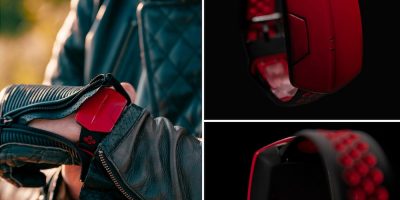Miniature Wi-Fi and Bluetooth Low Energy modules from InnoPhase combne wireless connectivity and an integrated microcontroller for edge of network IoT devices that require low power and a direct-to-cloud connection.
The fabless semiconductor company has introduced the Talaria Two INP1012 and INP1013 modules for a range of products including smart home, smart industrial and smart health applications. The miniature modules are 40 per cent smaller than the original INP1010 and INP1011 modules, which introduced digital radio architecture and which claimed to provide the lowest power Wi-Fi connectivity in the industry.
The INP1012 includes an RF pin for routing the antenna signal onto a main PCB. This allows for independent antenna or antenna connector selection and solder pads. The INP1013 includes a ceramic chip-antenna mounted on the module and solder pads.
Typical smart IoT applications use a significant percentage of the overall system power for Wi-Fi connectivity – up to 75 per cent, explained InnoPhase, even while idly connected to the network. The INP1012 and INP1013 Talaria Two modules can increase the battery lifetime by months or years and require less space, claimed InnoPhase. The INP1012 module also has the capability to allow the user to select the antenna connection and placement. This makes it particularly suitable for industrial applications.
The INP1012 and INP1013 modules can be used in smart door locks, remote security cameras, connected sensors or other space-constrained products within home, commercial, industrial and health markets.
The INP1012 and INP1013 modules use the Talaria Two multi-protocol SoC, with Wi-Fi and Bluetooth Low Energy 5 for wireless data transfer, an embedded Arm Cortex-M3 for system control and user applications, there are also advanced security elements for device safeguards.
The modules can operate in standalone mode, in conjunction with an external microcontroller or in a hybrid mode where the system control and processing responsibilities are shared between the module and an external microcontroller.
The module can be connected to a single power supply and when general purpose I/Os are connected to the peripherals, the system is ready for use, said InnoPhase.
All modules will be certified with the Wi-Fi Alliance and Bluetooth SIG and include government body certifications such as FCC, IC (Canada) and CE/RED approval.







